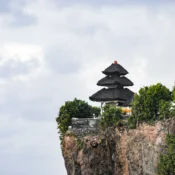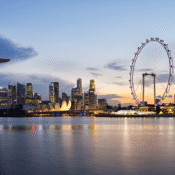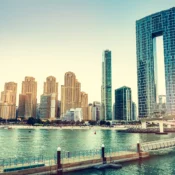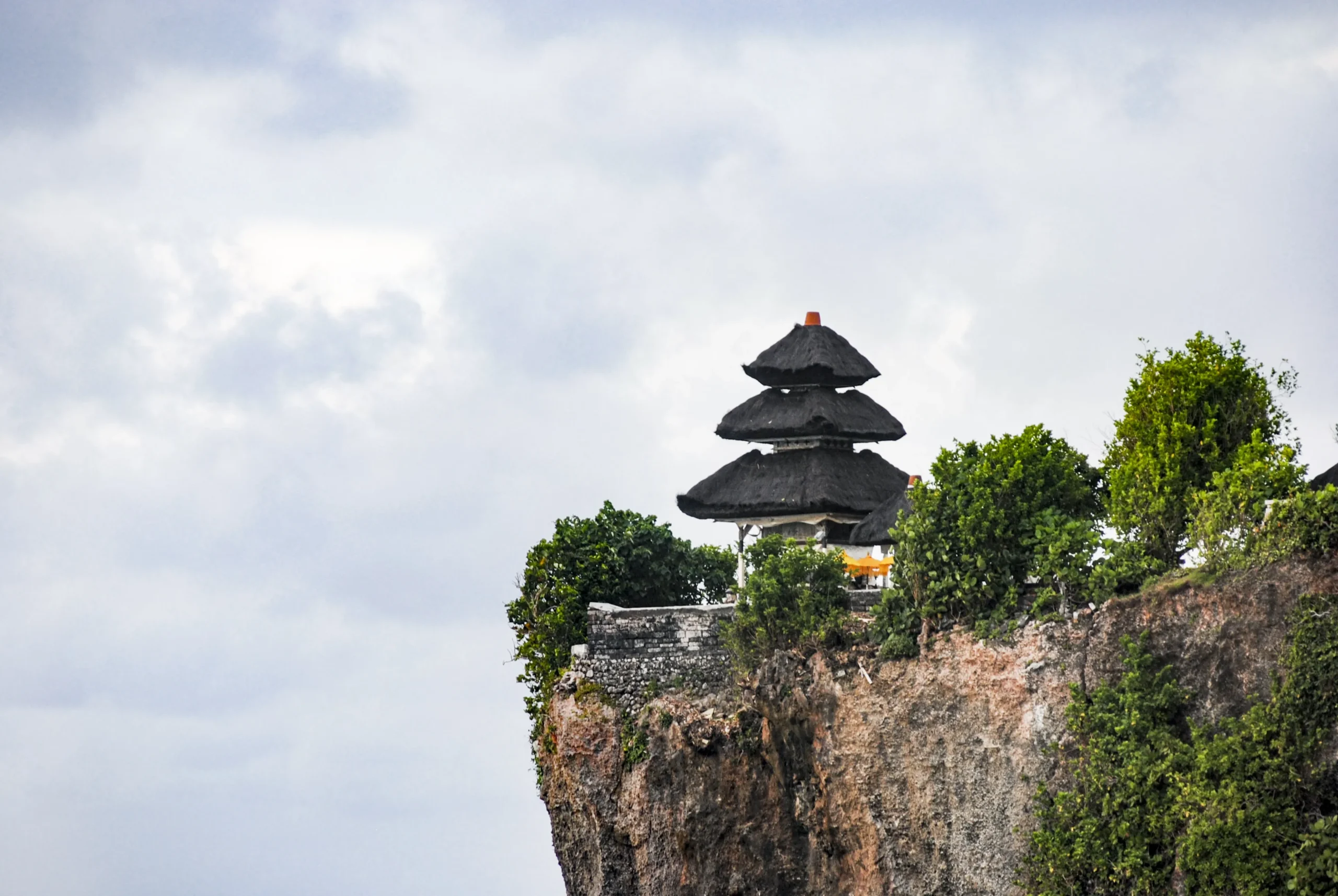
Bali Bliss – Your Complete 2025 Guide to Indonesia’s Island Paradise
Bali isn’t just an island—it’s a state of mind. This Indonesian paradise has captured the hearts of millions with its intoxicating blend of pristine beaches, ancient temples, lush rice terraces, and a spiritual culture that permeates every sunset and ceremony. Whether you’re a honeymooner seeking romance, a digital nomad chasing the perfect workspace with an ocean view, or a family creating memories, Bali delivers experiences that transform ordinary vacations into extraordinary journeys.
As 2025 unfolds, Bali continues evolving while maintaining the authentic charm that made it famous. New sustainable resorts are opening alongside traditional villages, contemporary beach clubs complement centuries-old temples, and world-class wellness retreats coexist with adventurous surf breaks. This comprehensive guide reveals everything you need to craft your perfect Bali escape, from choosing the ideal region to timing your visit for optimal weather and experiences.
Understanding Bali’s Geography: Choosing Your Perfect Base
Bali’s relatively small size—roughly 145 kilometers wide—belies its incredible diversity. Each region offers distinct vibes, attractions, and experiences, making your choice of base crucial for trip satisfaction.
Seminyak – Upscale Sophistication
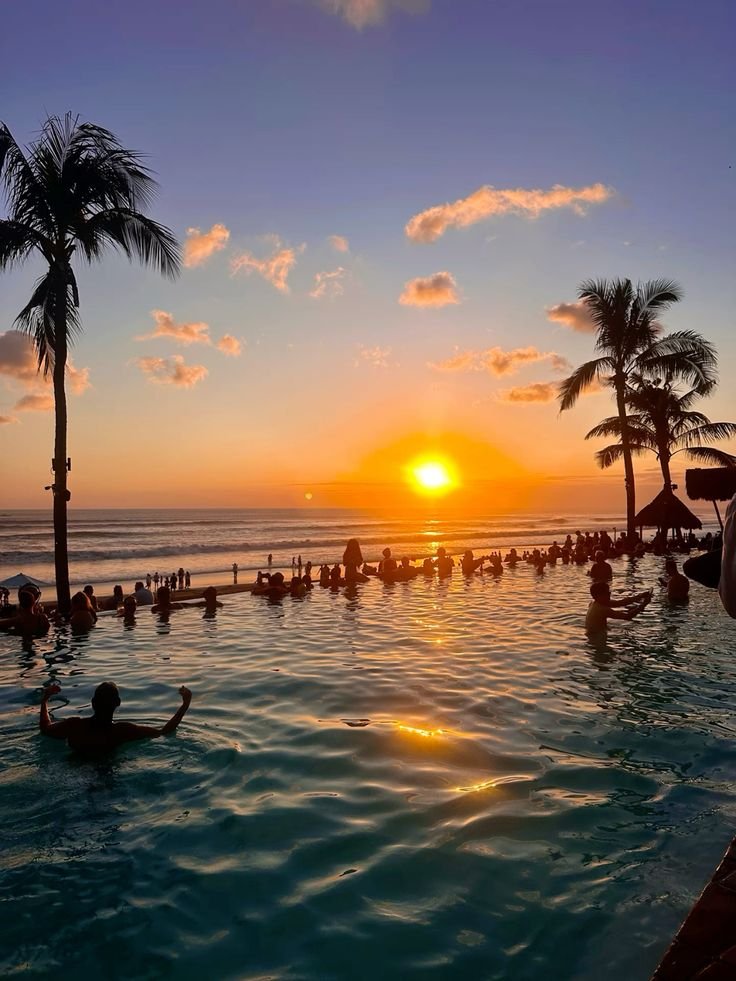
Seminyak represents Bali’s glamorous side, where designer boutiques line streets alongside upscale restaurants and luxury resorts. This area suits travelers seeking refinement without sacrificing beach access. The coastline here offers dramatic sunsets best enjoyed from sophisticated beach clubs like Potato Head or Ku De Ta, where infinity pools merge with ocean horizons.
Days in Seminyak blend leisurely beach mornings with boutique shopping expeditions and spa treatments. Evenings come alive with world-class dining—expect innovative Indonesian-fusion cuisine crafted by international chefs. The nightlife pulses with energy but maintains an elegant atmosphere distinct from Kuta’s party scene. Budget approximately INR 8,000-15,000 per night for quality accommodations, though luxury villas can exceed INR 30,000.
Canggu – The Digital Nomad Haven
Canggu has exploded in popularity among remote workers, surfers, and wellness enthusiasts. This coastal village, once dominated by rice paddies, now hosts countless hip cafes with strong WiFi, coworking spaces, and boutique hotels catering to the “work hard, play hard” crowd. The atmosphere skews younger and more casual than Seminyak, with a distinct Californian-meets-Bali vibe.

Mornings often begin with sunrise yoga sessions on the beach or surf lessons at Echo Beach. The cafe culture here rivals Melbourne or Portland—think acai bowls, specialty coffee, and brunch menus that accommodate every dietary preference. Afternoons transition to coworking or pool time, while evenings bring beach club sundowners at Finns or Old Man’s, followed by dinner at trendy restaurants serving everything from authentic Indonesian to plant-based cuisine.
Accommodation ranges from budget surf hostels (INR 1,500-3,000 per night) to mid-range boutique hotels with pools (INR 5,000-10,000) and luxury villas (INR 15,000-40,000). Canggu’s main drawback is traffic congestion, particularly during peak season when its narrow roads struggle with motorcycle and car volume.
Ubud – Cultural and Spiritual Heart
Ubud represents Bali’s soul—a verdant highland town where ancient traditions thrive amid rice terraces and jungle-clad valleys. This isn’t a beach destination; Ubud sits inland, offering a different Bali experience centered on culture, wellness, and nature. The town attracts yoga practitioners, meditation seekers, artists, and travelers wanting deeper engagement with Balinese spirituality.
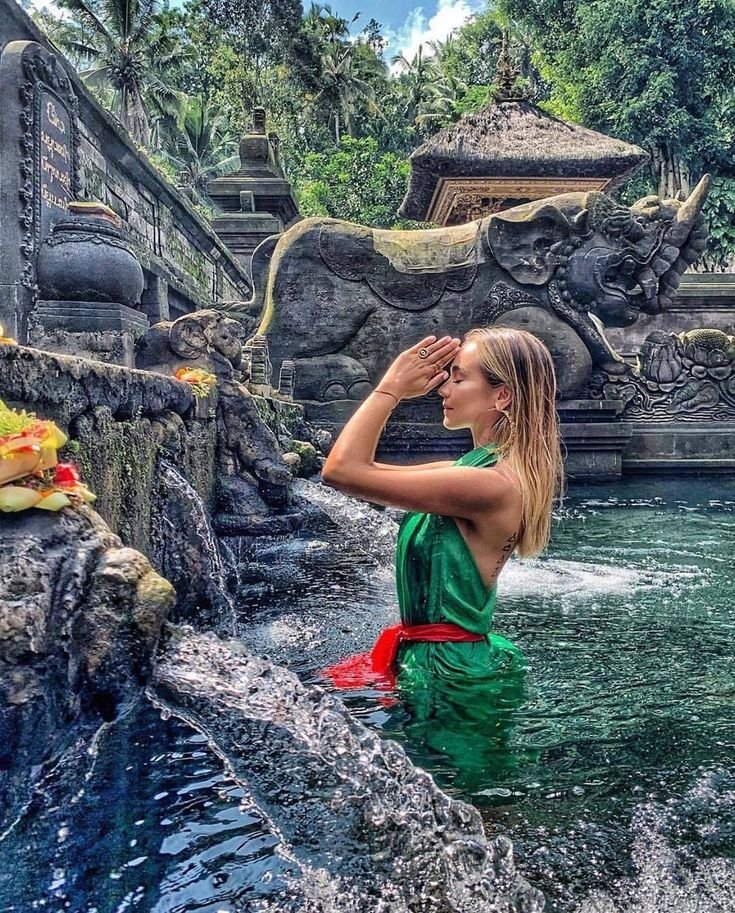
Days unfold at a gentler pace here. Mornings might involve yoga at one of dozens of studios, followed by exploring the Sacred Monkey Forest Sanctuary where long-tailed macaques roam freely among moss-covered temples. The art market overflows with handcrafted goods—wood carvings, paintings, textiles, and jewelry—much of it created by local artisans using traditional techniques.
Ubud’s surroundings offer incredible natural beauty. The Tegalalang Rice Terraces create Instagram-famous stepped landscapes, while numerous waterfalls like Tegenungan and Kanto Lampo provide refreshing swimming spots. Adventure seekers can book the exhilarating Bali Swing experiences or tackle white-water rafting on the Ayung River.
The accommodation spectrum ranges from budget guesthouses (INR 2,000-4,000) to mid-range resorts with infinity pools overlooking rice paddies (INR 8,000-15,000) to ultra-luxury wellness resorts like COMO Shambhala (INR 40,000+). Many properties emphasize sustainability, using locally sourced materials and supporting community initiatives.
Uluwatu – Cliffside Luxury and Surf Culture

Perched on Bali’s southern Bukit Peninsula, Uluwatu delivers dramatic coastal scenery where limestone cliffs plunge into turquoise waters. This region has evolved from a surfer’s secret to a luxury destination featuring some of Bali’s most spectacular beach clubs and resorts.
The beaches here require commitment—many involve descending steep staircases carved into cliffs—but reward effort with pristine white sand and excellent surf breaks. Padang Padang, Bingin, and Dreamland beaches each offer unique characters, from beginner-friendly waves to expert-only breaks. The famous Uluwatu Temple, perched on a cliff 70 meters above crashing waves, provides spectacular sunset backdrops and hosts the traditional Kecak Fire Dance performance nightly.
Uluwatu’s beach clubs epitomize the island’s evolution toward luxury tourism. Sundays Beach Club, Single Fin, and El Kabron offer infinity pools, gourmet dining, and stunning vistas where you can spend entire afternoons transitioning from swimming to sunbathing to cocktail-sipping. The dining scene here rivals Seminyak, with cliffside restaurants serving fresh seafood and contemporary cuisine against unforgettable ocean backdrops.
Accommodations range from surf camps (INR 3,000-6,000) to boutique hotels (INR 10,000-20,000) to ultra-luxury resorts like Bulgari Resort Bali (INR 80,000+). The area’s remoteness means less development and crowds compared to southern regions, though reaching other parts of Bali requires longer travel times.
Nusa Dua – Family-Friendly Luxury
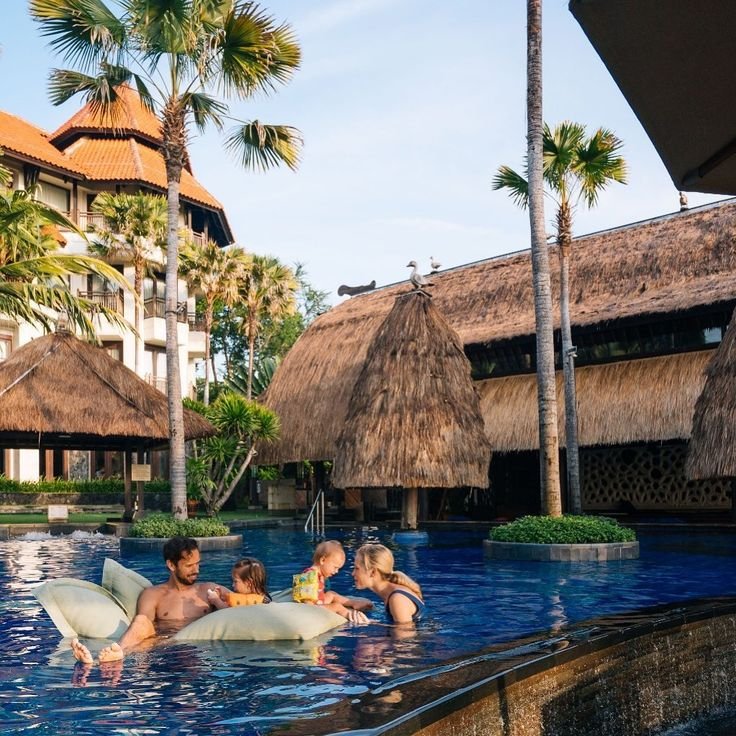
Nusa Dua caters specifically to travelers seeking convenience, safety, and all-inclusive comfort. This purpose-built resort enclave on Bali’s southeastern tip features manicured grounds, private beaches, and international hotel chains including The Ritz-Carlton, St. Regis, and Grand Hyatt. The protected beaches here offer calm waters ideal for families with young children—a contrast to the powerful surf found elsewhere.
The atmosphere leans formal and somewhat sterile compared to Bali’s more organic beach towns. However, for families, first-time visitors to Asia, or travelers valuing predictability, Nusa Dua delivers Western-standard comfort in a tropical setting. The downside? You’ll experience less authentic Balinese culture and pay premium prices for both accommodation and dining.
When to Visit Bali: Timing Your Perfect Escape
Bali’s tropical climate means year-round warmth, but distinct seasons significantly impact your experience.
Dry Season (April – October) – Peak Perfection
The dry season represents Bali’s prime time, offering sunny days, low humidity, and minimal rainfall. April and May mark the sweet spot—weather improves after wet season, landscapes remain lush and green, yet crowds haven’t reached July-August peak levels. These shoulder months often feature the best value, with hotels offering promotions before high season pricing kicks in.
June through August delivers perfect beach weather with clear skies and calm seas ideal for diving and snorkeling. However, these months also bring maximum crowds and premium prices, particularly mid-July through August when European and Australian families vacation en masse. Accommodations book months in advance, beaches fill with visitors, and popular attractions require patience navigating crowds.
September and October extend the dry season with excellent weather and diminishing crowds as families return home for school. These months offer outstanding value—weather remains beautiful while prices drop and popular sites become more accessible.
Activities particularly suited to dry season include temple visits (no muddy pathways), volcano trekking (safer conditions and clearer views), beach clubs (consistent sunshine), water sports (calm seas), and cycling through rice terraces (dry paths).
Wet Season (November – March) – Tropical Trade-offs
Bali’s wet season brings afternoon downpours, higher humidity, and dramatic skies. However, “wet season” doesn’t mean constant rain—typically, mornings remain sunny with heavy showers arriving late afternoon or evening for 1-2 hours. This pattern allows morning activities and beach time before clouds gather.
The advantages of visiting during wet season are compelling for budget-conscious travelers. Hotels slash rates by 30-50%, restaurants and beach clubs feel less crowded, and popular sites offer more intimate experiences. The landscape glows with intense green, waterfalls flow at maximum power, and late afternoon rains create spectacular sunset conditions as clouds break apart.
January and February see the heaviest rainfall with 250-350mm monthly, occasionally causing flooding in low-lying areas. December and March bookend the wet season with moderate rainfall and remain popular for holiday travel and spring breakers respectively.
Pack rain gear, waterproof bags for electronics, and embrace flexibility—some days will limit beach time, but indoor activities (spa days, cooking classes, museum visits) become more appealing. Many travelers find wet season’s combination of dramatic beauty, smaller crowds, and value pricing worth the weather trade-offs.
Must-Visit Temples: Spiritual Bali
Bali’s nickname “Island of the Gods” reflects the profound Hindu spirituality woven through daily life. Over 20,000 temples dot the landscape, from grand complexes to tiny family shrines.
Tanah Lot Temple
Perched dramatically on a rock formation surrounded by crashing waves, Tanah Lot ranks among Bali’s most photographed temples. Visit during sunset when the temple silhouettes against golden skies create magical scenes. The temple sits about 20 kilometers from Seminyak and Canggu—arrive 1-2 hours before sunset to secure good viewing positions. The surrounding complex includes smaller temples, gardens, and numerous vendors selling sarongs and souvenirs.
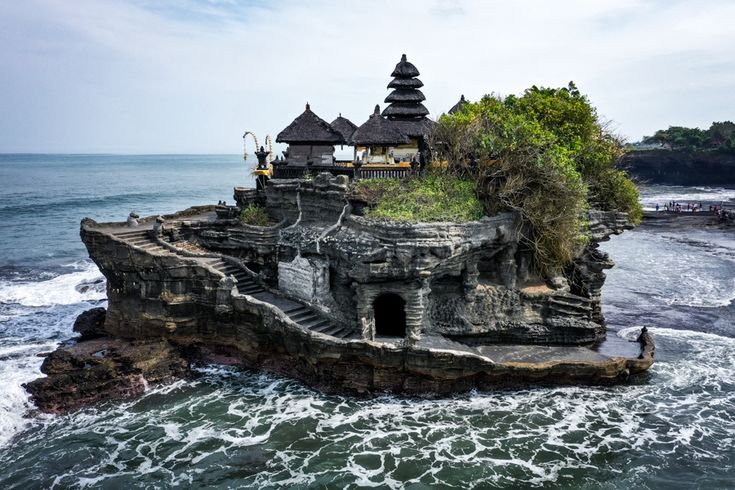
Note that only practicing Balinese Hindus can enter the temple itself; visitors observe from designated viewing areas. Entry costs approximately IDR 60,000 (INR 320) per person. The temple’s seaside location means strong winds—bring a light jacket for evening comfort.
Uluwatu Temple

Dramatically positioned on a cliff 70 meters above the Indian Ocean, Uluwatu Temple combines spectacular architecture with breathtaking natural beauty. The temple precinct allows visitors to walk along clifftop paths offering panoramic ocean views. Be vigilant with belongings—monkeys inhabit the area and have perfected the art of stealing sunglasses, hats, and cameras.
The famous Kecak Fire Dance performance occurs daily at sunset in an amphitheater with ocean backdrops. This traditional dance-drama depicts scenes from the Ramayana through chanting and choreography—a mesmerizing cultural experience. Arrive early for good seating; tickets cost approximately IDR 150,000 (INR 800).
Tirta Empul Temple
Located near Ubud, Tirta Empul features natural spring water believed to have healing properties. Balinese Hindus come here for purification rituals, bathing in the temple pools following traditional protocols. Respectful visitors can participate in these cleansing ceremonies—an profound cultural immersion. Rent sarongs and sashes at the entrance (included in the IDR 50,000/INR 270 entry fee) and follow the guidance of local priests.
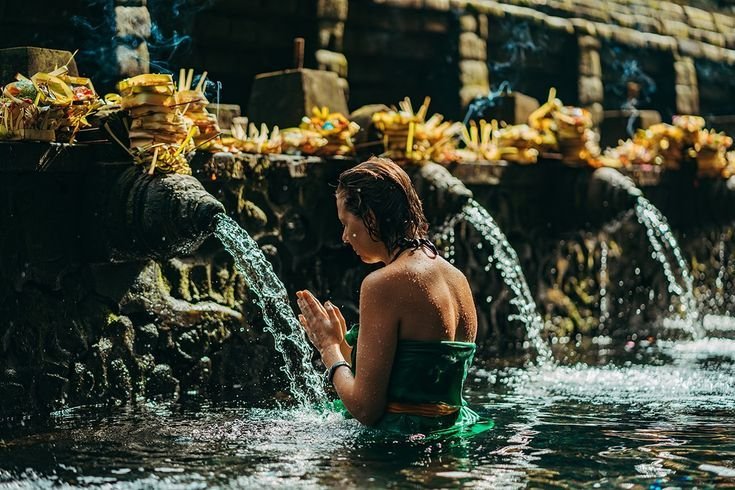
The temple complex dates to 960 AD, with beautiful stone carvings and lush gardens creating serene atmospheres. Visit early morning (7-9 AM) for the most authentic experience with fewer tourists and witness local devotees performing their rituals.
Lempuyang Temple (Gates of Heaven)
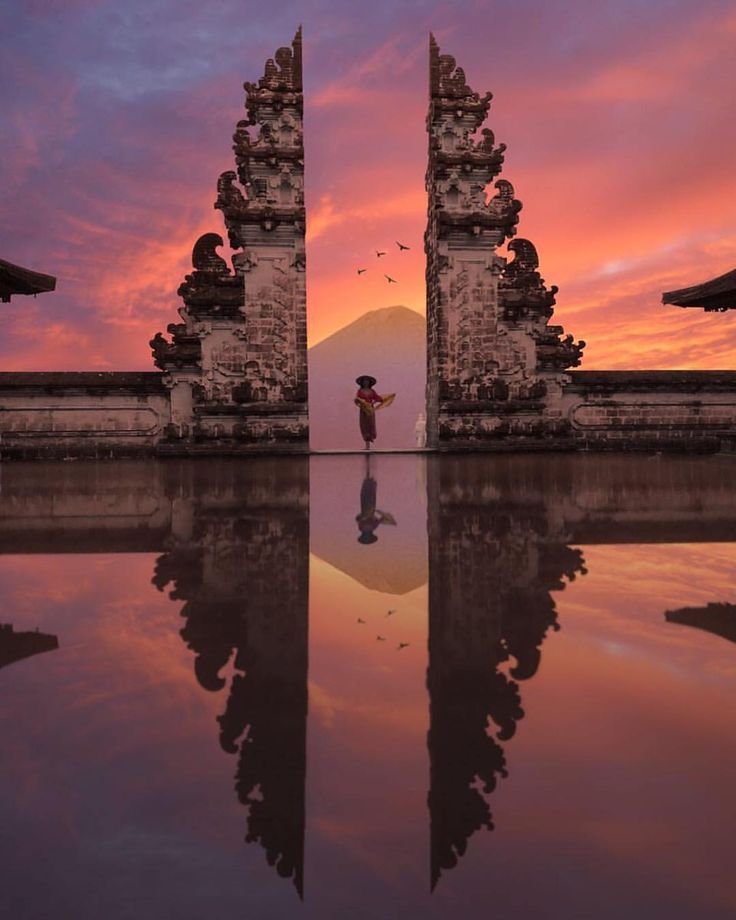
Lempuyang Luhur ranks among Bali’s most sacred temples and offers the famous “Gates of Heaven” photo opportunity—a split gateway perfectly framing Mount Agung in the background. Reaching the temple requires climbing approximately 1,700 steps, though the reward includes not just the Instagram-famous gates but also seven temples positioned along the mountainside with increasingly spectacular views.
Many visitors hire drivers for early morning departures (4-5 AM) to reach the temple at sunrise when lighting is optimal and before crowds arrive. The journey from Ubud or Seminyak takes approximately 2-2.5 hours. Entrance requires donations (typically IDR 10,000-50,000/INR 50-270) plus sarong rental if needed. Prepare for long queues for the signature photo—arriving at sunrise provides the best chance for manageable wait times.
Waterfall Wonders: Chasing Cascades
Bali’s volcanic landscape and tropical rainfall create numerous spectacular waterfalls, particularly in the central and northern regions.
Tegenungan Waterfall
Located just 20 minutes from Ubud, Tegenungan offers easy accessibility combined with impressive scale. The waterfall plunges into a jungle pool where swimming is permitted—a refreshing reward after descending the stairs. The site features viewing platforms at multiple levels, a small cafe, and “Instagrammable” swing and nest photo spots. Entry costs IDR 20,000 (INR 110) with additional fees for parking.
Visit early morning (before 9 AM) to beat crowds and enjoy better lighting for photography. The waterfall flows year-round but reaches maximum power during and just after wet season.
Kanto Lampo Waterfall
This unique waterfall cascades over stepped rock formations creating natural pools at various levels. Its distinctive terraced structure allows visitors to position themselves at different heights for varied photo opportunities. The relatively easy access and photogenic qualities make Kanto Lampo increasingly popular, though it remains less crowded than Tegenungan. Entry fee is approximately IDR 15,000 (INR 80).
Sekumpul Waterfall
Considered by many as Bali’s most beautiful waterfall, Sekumpul actually comprises several cascades set in pristine jungle surroundings in North Bali. Reaching Sekumpul requires more commitment—expect a 2-3 hour drive from Ubud or Seminyak plus a 30-40 minute trek that includes crossing rivers and navigating slippery paths. Hiring a local guide (IDR 150,000-200,000/INR 800-1,100) is recommended for safety and to ensure you find the best viewing spots.
The trek difficulty and remote location mean fewer visitors, rewarding you with a more pristine experience. The waterfall reaches peak magnificence during wet season when water volume increases dramatically.
Leke Leke Waterfall
This hidden gem near Ubud requires a 15-20 minute moderate jungle trek but rewards with relative seclusion. The waterfall drops into an emerald pool surrounded by lush vegetation—create an almost mystical atmosphere. Early morning visits (before 9 AM) often allow complete solitude. Entry fee is approximately IDR 20,000 (INR 110).
Adventure Activities: Adrenaline Rush
Beyond beaches and temples, Bali offers diverse adventure activities catering to thrill-seekers.
Surfing Lessons and Surf Breaks
Bali ranks among the world’s premier surf destinations, offering breaks suitable for all levels. Beginners should head to Kuta Beach or Canggu’s Batu Bolong Beach where gentle waves and sandy bottoms provide forgiving learning conditions. Surf schools proliferate in these areas—expect to pay IDR 350,000-500,000 (INR 1,900-2,700) for 2-hour lessons including board rental.
Intermediate surfers enjoy Padang Padang, Bingin, and Dreamland beaches in Uluwatu, where reef breaks create more challenging conditions. Advanced surfers seek out legendary breaks like Uluwatu’s racetrack wave or Padang Padang’s barrel, best surfed during dry season (May-September) when swells arrive from southern Indian Ocean storms.
White Water Rafting
The Ayung River near Ubud offers exhilarating rafting through jungle gorges, past waterfalls and rice terraces. Tours typically last 2-3 hours with Class II-III rapids suitable for families and first-timers. Packages include hotel pickup, equipment, guides, insurance, lunch, and showers, costing approximately IDR 350,000-450,000 (INR 1,900-2,400) per person.
Mount Batur Sunrise Trek
Climbing this active volcano to watch sunrise from its summit represents a quintessential Bali adventure. Tours depart hotels around 2-3 AM for the 2-hour drive to the trailhead, followed by a 2-hour ascent guided by locals who prepare breakfast at the summit using volcanic steam. As the sun rises, views span across the crater lake, neighboring Mount Agung, and distant coastlines—a truly spectacular scene.
The trek requires moderate fitness but doesn’t demand technical climbing skills. Expect to pay IDR 400,000-550,000 (INR 2,150-2,950) for packages including hotel transfer, guide, breakfast, and entrance fees. Book through reputable companies ensuring proper insurance and experienced guides.
Scuba Diving and Snorkeling
Bali’s waters host incredible marine biodiversity, particularly around Nusa Penida, Nusa Lembongan, Tulamben (USAT Liberty shipwreck), and Menjangan Island. Dive centers throughout the island offer courses from beginner to advanced plus daily dive trips. Open Water certification courses cost approximately INR 25,000-32,000, while fun dives for certified divers run INR 3,500-5,500 per dive.
Snorkeling trips to Nusa Penida offer chances to swim with manta rays at Manta Point—a bucket-list experience costing approximately IDR 500,000-750,000 (INR 2,700-4,000) for full-day trips including boat, guide, snorkel equipment, and lunch.
Culinary Journey: Tasting Bali
Balinese cuisine blends Indonesian flavors with unique local ingredients and Hindu influences.
Must-Try Dishes
Babi Guling (suckling pig) represents Bali’s signature dish—spit-roasted pork seasoned with turmeric, coriander, lemongrass, and chili. Ibu Oka in Ubud serves legendary versions, though many warungs (local eateries) offer excellent variations.
Nasi Goreng (fried rice) appears on every menu, from humble warungs to upscale restaurants. The Balinese version often includes sambal matah (raw chili relish) and kecap manis (sweet soy sauce).
Bebek Betutu involves duck slow-cooked in banana leaves with rich spice pastes—a ceremonial dish requiring hours of preparation creating incredibly tender, flavorful meat.
Lawar combines minced meat (pork or chicken), vegetables, grated coconut, and spices, often served during ceremonies and representing authentic Balinese home cooking.
Sate Lilit features minced fish or chicken mixed with coconut, coconut milk, lime leaves, and spices, molded onto bamboo sticks then grilled—a unique Balinese twist on satay.
Dining Experiences
Ubud offers exceptional dining spanning traditional warungs (INR 200-400 per meal) to upscale restaurants featuring innovative Indonesian fusion cuisine (INR 2,000-5,000). Locavore and Mozaic rank among Asia’s best restaurants, offering tasting menus showcasing Indonesian ingredients with modern techniques.
Seminyak and Canggu feature diverse international cuisine plus sophisticated Indonesian restaurants. Beach clubs provide sunset dining with ocean views—Potato Head, Ku De Ta, and Finns Beach Club offer everything from casual bites to elaborate dinners.
For authentic experiences, seek out local warungs where Balinese families eat. Warung Babi Guling Pak Malen, Warung Ibu Oka, and Warung Mak Beng serve outstanding traditional food at incredibly affordable prices (INR 150-350 per meal).
Practical Information for Indian Travelers
Visa Requirements
Indian passport holders can obtain Visa on Arrival (VoA) at Ngurah Rai International Airport valid for 30 days, extendable once for another 30 days. The VoA costs USD 35 (approximately INR 2,900) payable in cash (USD, EUR, or IDR). Ensure your passport has at least 6 months validity and blank pages for stamps.
Currency and Costs
Indonesian Rupiah (IDR) is the local currency. Current exchange rates hover around 1 INR = 185-190 IDR (rates fluctuate). ATMs are widely available in tourist areas, though carrying some cash for small vendors and rural areas is wise. Credit cards work at hotels, restaurants, and shops in tourist zones, but many local businesses remain cash-only.
Daily budget expectations (per person):
- Budget: INR 2,500-4,000 (basic accommodation, local food, limited activities)
- Mid-range: INR 5,000-10,000 (comfortable hotels, mix of dining, regular activities)
- Luxury: INR 15,000+ (premium resorts, fine dining, private experiences)
Getting Around
Renting scooters costs IDR 50,000-75,000 (INR 270-400) daily and provides maximum flexibility, though requires international driving permits and comfort navigating chaotic traffic. Private drivers cost approximately IDR 500,000-700,000 (INR 2,700-3,800) for 8-10 hour day trips—economical when traveling as a group and eliminates navigation stress.
Ride-hailing apps Grab and Gojek operate in most tourist areas, offering affordable transport (typical rides INR 100-400 depending on distance). Traditional taxis exist but negotiate fares before departure or insist on meters.
Health and Safety
Bali remains generally safe for tourists. Common sense precautions apply—safeguard valuables, be cautious with motorbike rentals, and drink only bottled water. Travel insurance is essential, covering medical emergencies and evacuation if needed.
Mosquito-borne illnesses (dengue fever) occur, so use repellent and sleep under nets if accommodation lacks air conditioning. Sun protection is crucial—Bali sits near the equator with intense UV radiation year-round.
Cultural Etiquette
Balinese people are predominantly Hindu and maintain conservative values despite tourism development. Dress modestly when visiting temples—sarongs and sashes are required (usually provided at temple entrances). Remove shoes before entering temple compounds and homes.

The left hand is considered unclean—use your right hand for giving/receiving items and eating. Public displays of affection beyond hand-holding are frowned upon. Always ask permission before photographing ceremonies or locals.
Learn a few Indonesian phrases—”Terima kasih” (thank you), “Selamat pagi” (good morning), “Permisi” (excuse me). Attempts at the local language earn appreciative smiles and warmer interactions.
Sample Itineraries
7-Day Bali Discovery
Days 1-2: Seminyak (beach relaxation, sunset beach clubs)
Days 3-4: Ubud (rice terraces, temples, monkey forest, waterfalls)
Days 5-6: Uluwatu (beach clubs, Uluwatu Temple, surfing)
Day 7: Beach day and departure
10-Day Comprehensive Bali
Days 1-3: Canggu (surf lessons, cafes, beach culture)
Days 4-6: Ubud (cultural immersion, trekking, cooking class)
Days 7-8: Nusa Penida day trip + North Bali (Sekumpul Waterfall, Lovina)
Days 9-10: Uluwatu (luxury resorts, cliff-top experiences)
Conclusion: Your Bali Journey Awaits
Bali has earned its reputation as a near-perfect destination, offering something for every traveler type and budget. The island’s magic lies not just in its physical beauty—though pristine beaches, emerald rice terraces, and ancient temples certainly captivate—but in the warmth of its people and the spiritual atmosphere permeating daily life.

Whether you’re seeking adventure on waves and waterfalls, spiritual growth through yoga and meditation, cultural immersion in traditional villages, or simply relaxation at luxury resorts, Bali delivers authentic experiences wrapped in tropical beauty. The best approach combines different regions: start with beach time in Seminyak or Canggu, transition to cultural Ubud, and conclude with Uluwatu’s dramatic cliffs.
As 2025 unfolds, Bali continues balancing modernization with tradition, offering travelers both contemporary comforts and timeless experiences. The island’s accessibility from India (approximately 7-9 hours direct flight from major cities), relatively affordable pricing, and incredible diversity make it an ideal international destination for first-time travelers abroad and seasoned explorers alike. Ready to experience Bali’s magic firsthand? Visit traveliholidays.com where our travel experts craft personalized Bali packages combining your preferred regions, activities, and accommodation levels. Let us handle logistics while you focus on creating memories in this island paradise. Your Balinese adventure begins with a single click.
Recent Posts
Bali Bliss – Your Complete 2025 Guide to Indonesia’s Island Paradise
Singapore Sensation – 7 Days of Wonder in the Lion City
Dubai Decoded – The Ultimate Travel Guide to the City of Gold (2025 Edition)
All Categories
- Tours & Travel (3)


